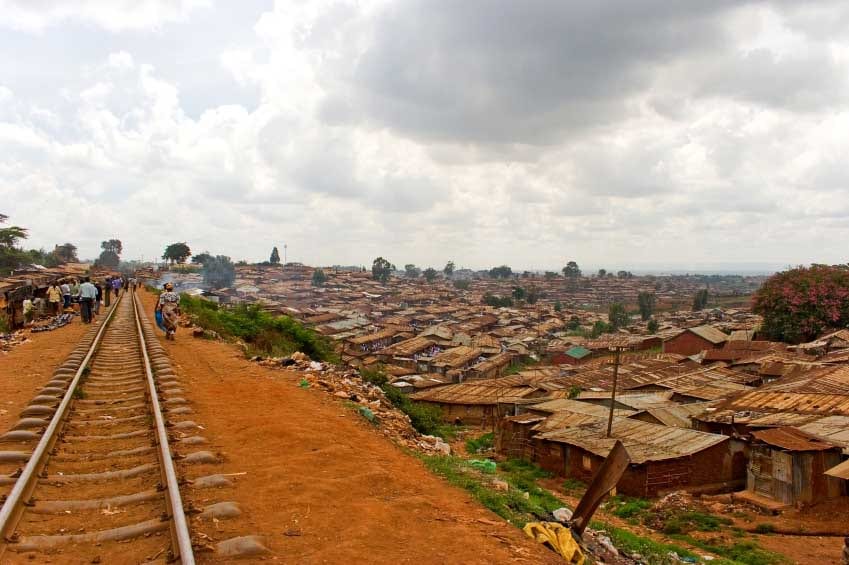Radio Netherlands Worldwide covered the research in Angola of SMU paleontologist Louis L. Jacobs.
Journalist Lula Ahrens writes about Projecto PaleoAngola in the Aug. 15 article “Angola key to understanding Earth history.”
A professor in Dedman College‘s Roy M. Huffington Department of Earth Sciences, Jacobs joined SMU’s faculty in 1983.
Currently he has projects in Mongolia and Angola. His book, “Lone Star Dinosaurs” (1999, Texas A&M University Press) was the basis of an exhibit at the Fort Worth Museum of Science and History that traveled the state. He consulted on the new exhibit, Mysteries of the Texas Dinosaurs, which opened in 2009.
In the laboratory, Jacobs’ research utilizes advanced imaging and stable isotope techniques to investigate paleoenvironmental, biogeographic and phylogenetic issues of the Mesozoic and Cenozoic eras.
EXCERPT:
By Lula Ahrens
Radio Netherlands Worldwide
Angola is famous for its oil and diamond wealth. But it is also a ‘last frontier’ for another, less noted treasure: a mindboggling number of prehistoric fossils.Dozens of mosasaurs, dinosaurs, plesiosaurs, pterosaurs and turtles are excavated over one month each year by a small, international team of paleontologists (PaleoAngola). According to them, “Angola is the key to understanding the Atlantic rift which separated South America from Africa.”
“The ‘Big Five’ with the most prehistoric fossils are the US, Canada, Mongolia, China and Argentina,” Dr. Octavio Mateus from the New University of Lisbon pointed out during dinner at a Chinese restaurant in Angola’s capital Luanda with PaleoAngola and its sponsors.
“In Portugal, seventh on the list, I find a piece of a skull once every two years. Here, three a day! “Since 2005, in the South of Angola the group has discovered roughly ten species of mosasaurs, plesiosaurs, dinosaurs, pterosaurs and turtles,” said Mateus.
He uncovered the bones of a sauropod dinosaur north of Luanda in 2005. “We don’t know any other place on earth as rich as this one in vertebrates,” he said. “Paleontologists will have plenty work in Angola for generations to come.”
The exact location of the findings is a secret. Professor Louis Jacobs from the Southern Methodist University in the US: “You have to make sure nothing ends up in the wrong hands.”
SMU is a nationally ranked private university in Dallas founded 100 years ago. Today, SMU enrolls nearly 11,000 students who benefit from the academic opportunities and international reach of seven degree-granting schools. For more information see www.smu.edu.
SMU has an uplink facility located on campus for live TV, radio, or online interviews. To speak with an SMU expert or book an SMU guest in the studio, call SMU News & Communications at 214-768-7650.



 The U.S. Department of Energy’s Rocky Mountain Oilfield Testing Center, RMOTC, in partnership with the U.S. Department of Energy’s National Renewable Energy Laboratory, NREL, and Southern Methodist University
The U.S. Department of Energy’s Rocky Mountain Oilfield Testing Center, RMOTC, in partnership with the U.S. Department of Energy’s National Renewable Energy Laboratory, NREL, and Southern Methodist University 
 By artist Karen Carr / See
By artist Karen Carr / See 
